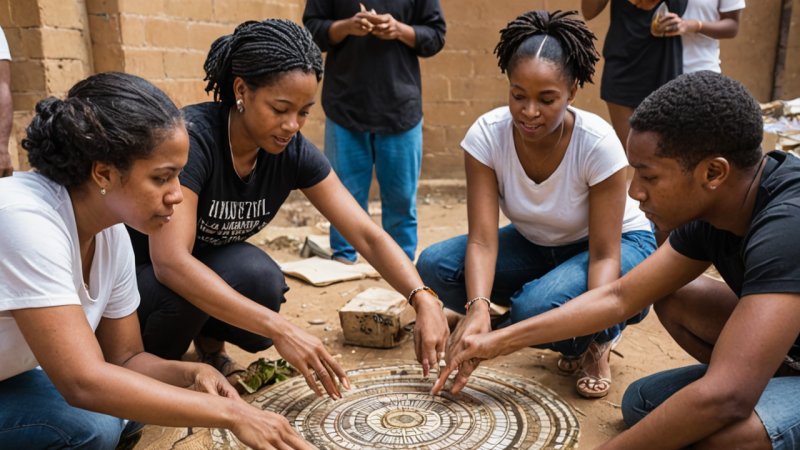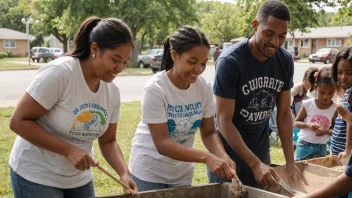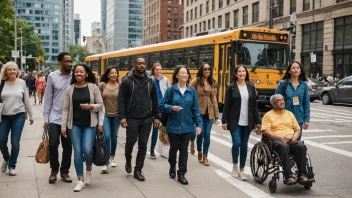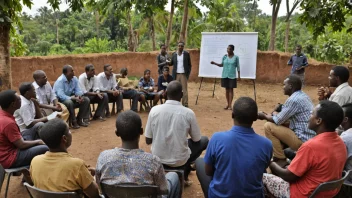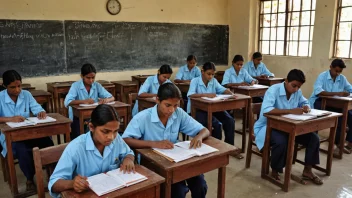Poverty alleviation is a complex challenge that requires understanding the diverse cultural contexts in which poverty exists. Cultural competency plays a crucial role in the effectiveness of poverty alleviation initiatives, ensuring that programs are tailored to meet the unique needs of various communities. This article delves into the significance of cultural competency in the design and implementation of poverty alleviation strategies, examining case studies, best practices, and ways individuals can engage in meaningful actions.
Understanding Cultural Competency
Cultural competency refers to the ability of individuals and organizations to understand, communicate with, and effectively interact with people across cultures. It encompasses awareness of one's own cultural beliefs and biases, as well as an appreciation for the cultural differences of others. In the realm of poverty alleviation, cultural competency is essential for developing initiatives that resonate with the target population and address their specific needs.
The Importance of Cultural Competency in Poverty Alleviation
Cultural competency is vital for several reasons:
- Enhancing Trust: When aid workers and organizations demonstrate cultural understanding, they build trust within communities, which is essential for successful intervention.
- Effective Communication: Understanding cultural nuances allows for more effective communication, ensuring that messages are conveyed in a way that is culturally relevant and sensitive.
- Tailored Solutions: Cultural competency enables the design of programs that are tailored to the unique challenges faced by different communities, increasing the likelihood of program success.
- Community Engagement: Culturally competent initiatives promote active involvement from the community, fostering ownership and sustainability of programs.
Case Studies: Successes in Culturally Competent Poverty Alleviation
1. The Grameen Bank Model
The Grameen Bank, founded by Muhammad Yunus in Bangladesh, is a prime example of culturally competent poverty alleviation. The bank provides microloans to marginalized individuals, particularly women, enabling them to start small businesses. The success of the Grameen model lies in its understanding of the local culture, social structures, and the unique challenges faced by women in Bangladesh. By providing financial education alongside loans, the Grameen Bank empowers individuals to make informed financial decisions, fostering a sense of agency and community development.
2. The Participatory Approach in Development
Participatory development approaches emphasize the involvement of community members in the planning and implementation of poverty alleviation initiatives. For instance, the work of organizations like Oxfam employs participatory methods to ensure that local voices are heard and that initiatives reflect the community's needs. This approach not only enhances cultural competency but also leads to more effective and sustainable development outcomes.
Best Practices for Implementing Culturally Competent Poverty Alleviation Initiatives
1. Conducting Cultural Assessments
Before implementing any poverty alleviation program, organizations should conduct thorough cultural assessments to understand the community's values, beliefs, and social dynamics. This can involve surveys, focus groups, and interviews with community members to gather insights that inform program design.
2. Training and Capacity Building
Training staff and volunteers in cultural competency is essential for ensuring that initiatives are executed with sensitivity and respect. This training should include topics such as cultural awareness, communication styles, and the importance of community engagement.
3. Building Partnerships with Local Organizations
Collaborating with local organizations that have established relationships within the community can enhance cultural competency. These organizations often have a deeper understanding of local customs, challenges, and potential solutions, which can inform the design and implementation of effective poverty alleviation initiatives.
How Individuals Can Get Involved
1. Educate Yourself
Understanding the cultural contexts of poverty is a critical first step. Individuals can educate themselves through reading, attending workshops, or engaging in discussions about cultural competency and poverty.
2. Volunteer Locally
Engaging with local organizations that focus on poverty alleviation allows individuals to gain firsthand experience and learn about the cultural dynamics at play. Volunteering can also provide opportunities to contribute positively to the community.
3. Advocate for Culturally Competent Policies
Individuals can advocate for policies that promote cultural competency in poverty alleviation initiatives. This can involve writing to local representatives, participating in community forums, or joining advocacy groups focused on social justice and poverty alleviation.
Conclusion
Cultural competency is not just an added benefit; it is a necessity in the field of poverty alleviation. By understanding and respecting the diverse cultural contexts in which poverty exists, organizations and individuals can develop more effective, sustainable, and empowering solutions. Through education, advocacy, and active involvement, everyone has the potential to contribute to a more just and equitable world.
